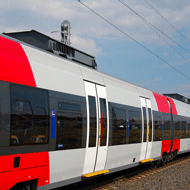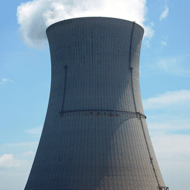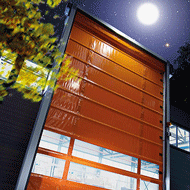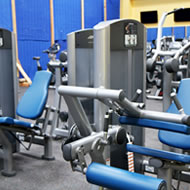PLASTIC INJECTION & COMPRESSION
Our two areas of plastic processing
Specialized in plastics for several generations, REFFAY SAS masters perfectly processing techniques and monitoring of industrialized production. We transform a large material panel, especially some thermoset plastic materials (composites), which need a very sharp expertise.
Composite and thermoset material for injection and compression
Transformed Materials
BMC
Bulk Molding Compound
CIC
Continues Impregnated Compound
Phenolic powders
SMC
Sheet Molding Compound
Thermoplastic material for injection
Matières transformées
PA
Natural polyamide or glass fibre made
PP
Polypropylène
TPU
Thermoplastic Polyurethane
ABS
Acrylonitrile Butadiène Styrène
PBT
Polybutylene terephthalate
PPS
Polyphénylène Sulfide









